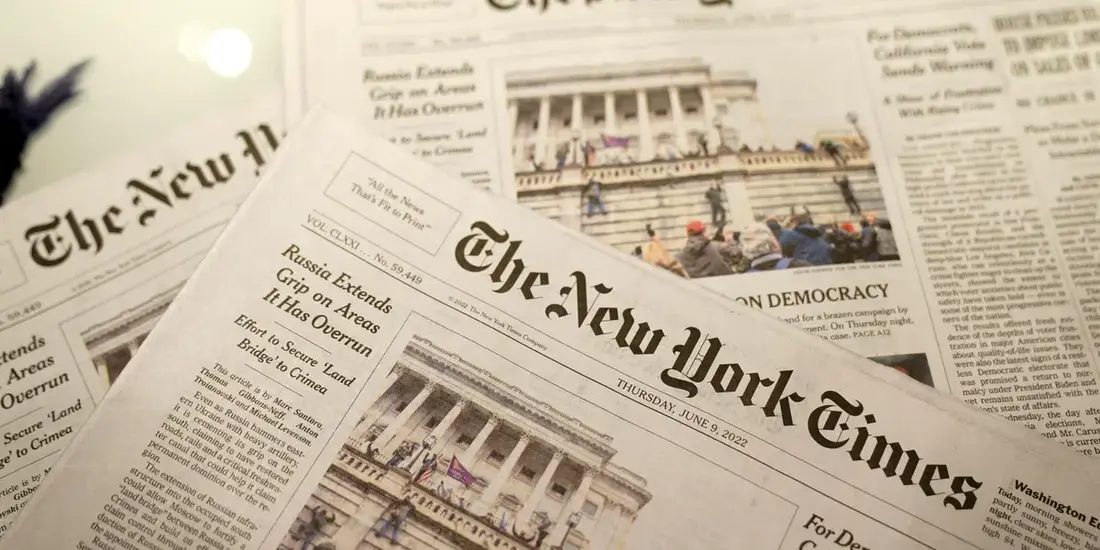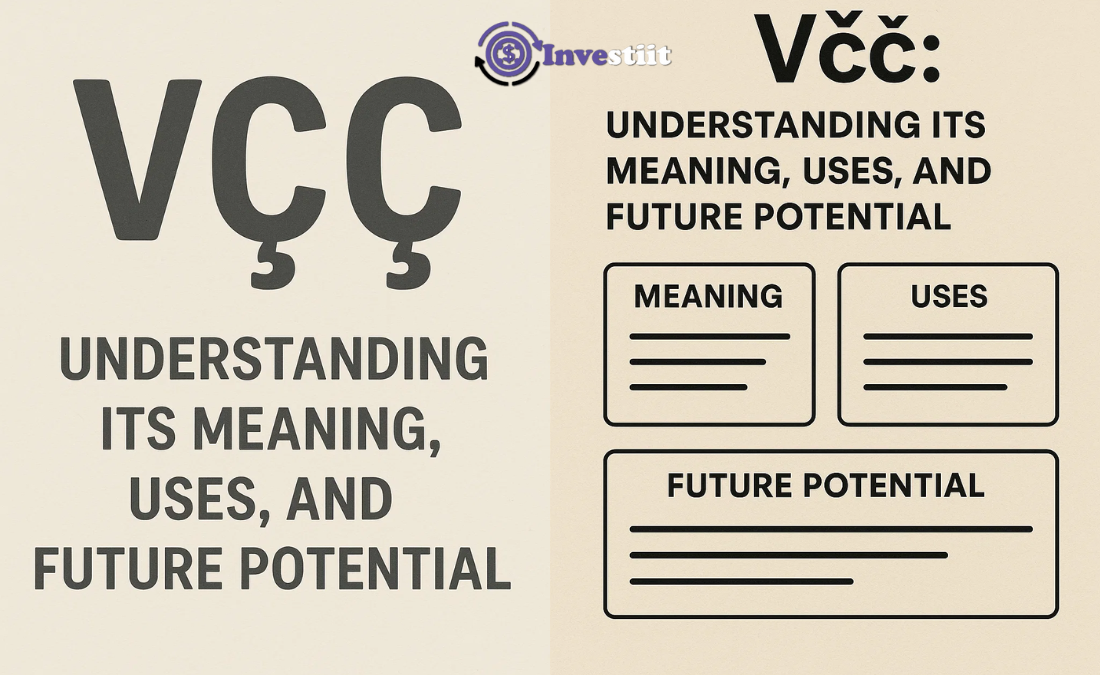The English language is rich with idiomatic expressions, and one of the most evocative and enduring phrases is “a wing and a prayer.” This expression, often used to describe a situation where success is dependent on hope or a minimal chance of success, carries a profound sense of uncertainty, determination, and faith. In this article, we will delve into the origins, usage, and significance of the phrase “a wing and a prayer” with a special focus on how it has been explored in various contexts, including its usage in The New York Times (NYT).
Understanding “A Wing and a Prayer”: Origins and Meaning
The phrase “a wing and a prayer” is an idiomatic expression that typically refers to a situation where success or survival relies largely on hope, luck, or chance, rather than any guaranteed or substantial effort. It conveys a sense of doing something with minimal resources, often against the odds.
Origin of the Expression:
The expression dates back to World War II, during a time when pilots would return from perilous missions with severe damage to their aircraft, sometimes just barely making it back to base. These pilots often flew their planes “with a wing and a prayer” – meaning that their plane was so damaged that it was literally hanging on by the smallest thread, with very little chance of survival. However, against all odds, they often made it home, and this phrase became synonymous with situations where success was determined by faith, hope, or sheer determination.
The phrase was popularized by the song “A Wing and a Prayer,” written in 1943 by Jimmy McHugh and Harold Adamson. It was a wartime ballad that expressed the resilience and hope of soldiers, particularly the pilots, during that turbulent period. The song’s success in the 1940s cemented the phrase’s place in the English lexicon.
The New York Times and “A Wing and a Prayer”
The New York Times (NYT) is one of the most prestigious newspapers globally, known for its in-depth reporting and comprehensive coverage of both domestic and international issues. The phrase “a wing and a prayer” has appeared in various NYT articles, often used to describe situations in which individuals, organizations, or nations are operating under precarious or uncertain circumstances.

A Wing and a Prayer in Politics
In political discourse, the phrase “a wing and a prayer” has often been used to describe fragile or uncertain political strategies. Politicians sometimes navigate through tough situations relying on luck, public perception, or improbable alliances. For example, when a political leader takes an unpopular stance but somehow manages to retain or increase their influence, this might be described as leading “with a wing and a prayer.”
In 2016, a New York Times article about the U.S. presidential election referred to certain political campaigns that were surviving or thriving despite poor resources and unfavorable polling numbers. These campaigns were described as relying on “a wing and a prayer” to secure victory, emphasizing the element of hope and chance that played a role in their strategies.
A Wing and a Prayer in Business
The business world is often filled with uncertainty, and in some cases, companies operate on a wing and a prayer, hoping that a product or strategy will succeed against the odds. Startups and small businesses are prime examples of organizations that might be seen as “operating on a wing and a prayer,” given their limited resources, lack of substantial backing, or uncertain market conditions. Articles in The New York Times have often highlighted the challenges faced by entrepreneurs who, despite limited capital or experience, push forward with high hopes for success.
In one such example, an NYT article discussed the rise of a small tech startup that had very little funding but managed to gain traction through word of mouth and social media buzz. The company was operating “on a wing and a prayer,” as it was uncertain whether the product would catch on. However, the article noted that success was achieved due to the founders’ determination, a bit of luck, and an innovative approach, capturing the essence of what it means to operate with a wing and a prayer.
A Wing and a Prayer in Sports
Sports journalism often uses the phrase “a wing and a prayer” to describe teams or athletes who are in precarious situations. Injuries, a lack of resources, or unfavorable conditions can make victory seem improbable, but these athletes or teams continue to compete, relying on hope and perseverance.
For instance, The New York Times has used the expression to describe teams that are underperforming but still fighting to make a playoff berth or win a championship. One memorable example was when a New York football team, after a series of injuries, entered a key game as the underdog. The sports reporter described the team’s effort as being “on a wing and a prayer,” underscoring how little hope there was for a successful outcome, yet the team fought on, driven by sheer willpower.
Broader Implications of “A Wing and a Prayer” in Modern Society
While the phrase has roots in wartime, its usage today spans far beyond military and political contexts. In modern society, “a wing and a prayer” often symbolizes the struggle of the human spirit in the face of adversity. It can be applied to many situations where individuals face overwhelming odds but continue to strive forward.
Mental Health and Resilience
In discussions about mental health, especially during difficult times, the phrase “a wing and a prayer” is sometimes used to describe the inner resilience that people demonstrate while coping with mental illness or personal challenges. For example, in the context of an article on mental health, The New York Times may use this expression to convey how individuals who are struggling with depression or anxiety might push through their daily lives, not with certainty but with the hope that things might improve.
Economic Uncertainty
In times of economic downturn, when families and businesses are struggling, “a wing and a prayer” might capture the essence of survival strategies. Small business owners who are trying to stay afloat in the face of inflation or low consumer confidence may operate under such conditions, hoping for better days ahead. The New York Times has frequently featured stories on the effects of economic crises on individuals, and the phrase often encapsulates the vulnerability and determination of those trying to make it through tough times.
Conclusion: The Enduring Power of “A Wing and a Prayer”
The phrase “a wing and a prayer” continues to resonate in the English language, holding deep meaning that reflects the fragile yet determined nature of the human experience. Whether in the political sphere, business world, sports, or personal challenges, the phrase reminds us of the precariousness of life and the power of hope.
When we look at how this expression has been used in The New York Times, it is clear that its relevance transcends time, remaining an apt descriptor of situations where success is uncertain, but perseverance and belief make all the difference. In essence, operating “on a wing and a prayer” means continuing against the odds, with faith that somehow, against all expectations, success might still be within reach.
In the end, while not every situation ends in triumph, the phrase reminds us that hope, faith, and determination can sometimes be the key ingredients to overcoming seemingly impossible obstacles.




